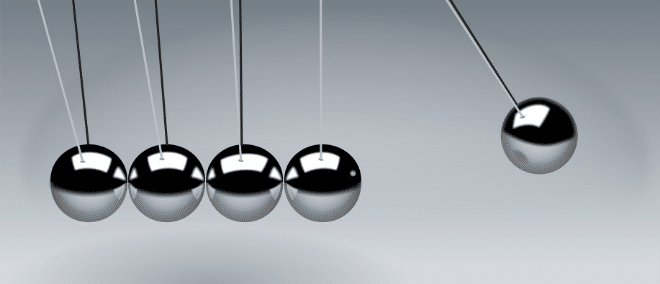Levels of Perspective: The Process

When I first started my speaking career, one of the main techniques I taught was “Systems Thinking”. The concept of Systems Thinking is that we all work in systems (not technology related) and it is important to understand the whole system and not just the parts of the system. In my career I have found many times there is a focus on certain processes (parts) and not understanding how all the processes link together or intertwine (the whole). Lack of understanding overall can result in potentially missing some important synergies, interdependencies, or interconnections within the processes that are critical for understanding. Not having the full understanding can result in decisions being made that do not consider the upstream, or downstream impact of other processes that depend, or use that process
That will be the focus of this next series: Levels of Perspective: The Process”. Understanding the full end to end processes, as well as sub-processes are critical. By understanding the process, we gain clarity around how the organization delivers services to the customer, prepares for resiliency, maintains regulatory compliance and more. We touched a little on these in Levels of Perspective: The Organization and Levels of Perspective: The Customer.
What is a Process
Let’s start with, what exactly is the definition of a process? A process, as defined by the Merriam-Webster dictionary is: “a series of actions or operations conducing to an end” (1). Now those series of actions could be activities, tasks, or decisions. However, we also need to consider that events, inputs, outputs, suppliers, and customers may play a role in the process.
Before we go further, I want to make it clear that there are many different types of diagram methodologies that can be leveraged. Our focus for this discussion is strictly the business process map or flow diagram.
This series will cover:
- The components of a business process,
- How to create a process map/flow
- How to analyze a process map.
Part 1: The Components of a Business Process
COMPONENTS OF A BUSINESS PROCESS
A business process can bring so much clarity, and insight into how internal processes occur within, and outside, of an organization. How the processes fit together starts to tell quite a compelling story. I like to compare it to a mystery novel. You know something “not so good” has happened, and now you are putting together the pieces to figure out how that “not so good thing” happened. Figuring out the mystery is a process in itself. Certain steps need to be taken to understand and determine what happened, or better yet, WHODUNIT???? ???? We tend to have the same in organizations when we need to figure out how different parts of the organization work together to deliver value to the customer (the outcome of the story). As many individuals are visual, the process map/flow is a great tool to easily demonstrate how a process works.
As discussed earlier in this post a business process is made of many different parts. Each part serves a specific purpose. The parts I would like to highlight are as follows:
- Process Name – the process name is a succinct and concise name that clearly describes the process being documented.
- Process Scope – the scope of the process clearly articulates the purpose, and summary of the process. The scope clearly defines the start, and end, of the process and a high-level overview of the purpose of the process.
- Suppliers – the suppliers are those entities, or individuals, that provide what is worked on in the process under documentation. Suppliers can be internal or external partners.
- Customers – customers are those individuals who are serviced through the process.
- Roles/Systems – if leveraging swimlanes within the process map, each swimlane will represent a role or system. Even in flowcharts the activity steps can notate the systems leveraged and/or the roles. It is. important to understand who/what is doing the work.
- Events – an occurrence that triggers an activity or tasks.
- Input – also known as triggers, the input is what starts, or what should be true for the process to begin.
- Activities – these are the steps, or actions of the process. Another way to think of it is the activities describe the workflow of the process.
- Decisions – denotes if there are different paths a process can take. The decision could be something as a question with a simple “yes” or “no” path, but it could be more complicated based on the process. The decision could result in an alternate path that takes you down an alternate flow of the primary process and then reenters the primary flow of the process. Or it could be an exception path where the process can terminate due to the type of decision being made.
- Outputs – deliverables or outcome of the process. It is the desired end state of the process map.
These are the main components I wanted to emphasize at this point. The main tip I would like to reiterate to make your life easier before you start process mapping is the importance of being clear in your process scope. It sets the right boundaries to document the process.
In my next post, we will discuss the techniques I used to capture and document the process. Until then, be sure to check out my YouTube channel Dojo Talk where I interview industry experts and peers on organizational best practices in business architecture, customer experience, and process.